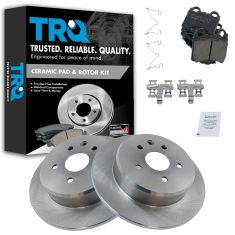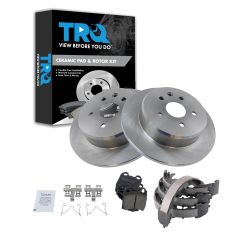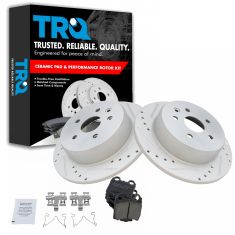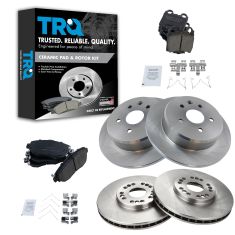1ABPS02808-Lexus GS300 GS400 GS430 IS300 SC430 Rear Ceramic Brake Pads TRQ BFA73354
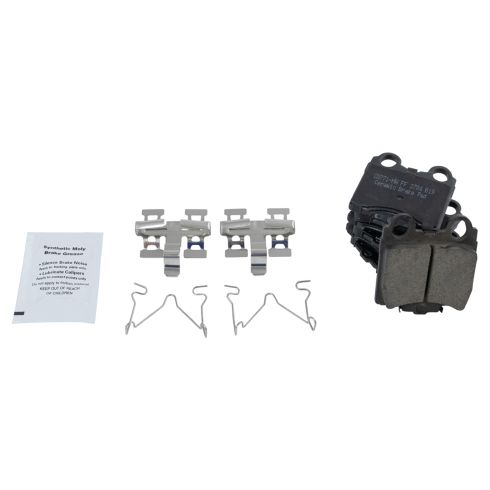
Replaces
2005 Lexus GS430 Rear Ceramic Brake Pads TRQ BFA73354

Product Reviews
Loading reviews
There are no reviews for this item.
Customer Q&A
No questions have been asked about this item.
Lexus is a registered trademark of Toyota Motor Corporation. 1A Auto is not affiliated with or sponsored by Lexus or Toyota Motor Corporation.
See all trademarks.










